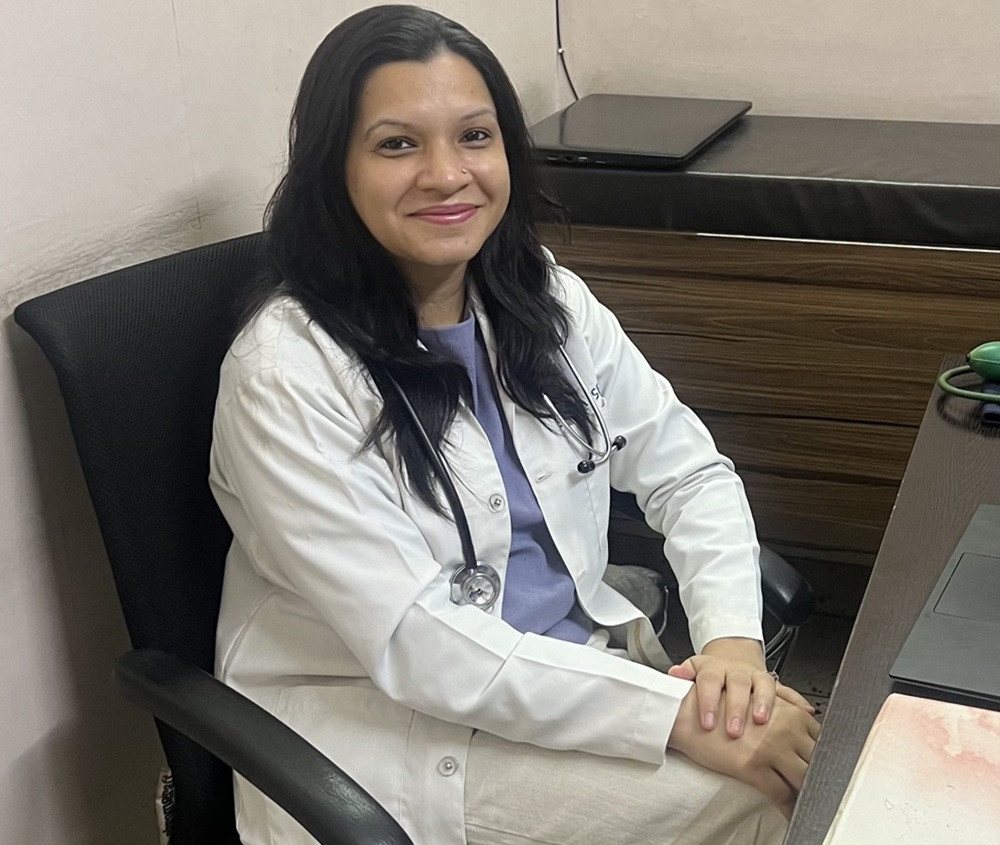Why are patients with lung cancer live longer?


Introduction
Lung cancer is the most common cancer influencing both men and women, and it’s the third-most usual overall, after breast cancer and prostate cancer. More than 235,000 Americans are identified with lung cancer yearly, and more than 130,000 die annually, as suggested by the Best Oncologist in Noida.
The charges of new cases and deaths have declined over several decades, but both categories have significantly reduced since the early 2000s. For example:
- The ratio of people living at least three years after lung cancer detection enhances from 19 percent to 31 percent.
- The average survival rate also improved during that time, from eight to 13 calendar months.
Zeeva
Zeeva Clinic is the best clinic for IVF and cancer treatment in India. Situated in the prominent location of Noida, the clinic is well-furnished with advanced technology. We are widely recognized for clinical excellence and personalized observation. We give advanced Fertility and Cancer Treatment with a vision to provide world-class clinic facilities by Dr. Vikas Goswami & Dr. Shweta Goswami, the Best IVF Doctor in Noida.
- Starting lung cancer incidence jumped from 17 percent in 2004 to 28 percent in 2018. But that’s a good symptom because it means more lung cancer patients are being caught.
- The USPSTF first started directing lung cancer screenings in 2013—a move that appears to have had a meaningful impact: The overall rate of people dying from lung cancer dropped 56 percent from 1990 to 2019 in men and 32 percent from 2002 to 2019 in women.
Reasons:
Lesser people smoking
Tobacco consumption is still the leading reason for preventable disease, disability, and death in the U.S.—lung cancer remains the top reason for cancer death under the Lung Cancer Treatment in Noida. Yet the overall possibility of dying from lung cancer has decreased, mainly because people smoke limited.
The current percentage of U.S. adults who smoke is 12.5 percent—below 20.9 percent in 2005.
Limited smoking also means less secondhand smoke, a leading risk factor for lung cancer. Other risk factors include:
- Radon exposure
- Age—cancer risk increases as we get older
- Family history
- Exposure to asbestos or pollutants
Greater awareness
- Experts credit part of the beneficial trend to education achievements on the dangers of tobacco consumption.
- Last year, the U.S. CDC gave out more than $96 million in grants to state governments and other groups for promotional tobacco danger awareness efforts under the Lung Cancer Treatment in Noida.
- According to the CDC, states that made more significant investments in comprehensive tobacco control programs have seen a more extensive and faster reduction in smoking suggested by the Best Oncologist in Noida.
- And they’ve redeemed money thanks to those reductions: For every $1 spent on a plan, a state receives an approximated $55 return on expenditure, mainly due to blocked health care charges.
- The CDC and other national institutions like the American Lung Association also operate with insurers, health care providers, and employers to help people who want to stop utilizing tobacco under the Lung Cancer Treatment in Noida. Leaving tobacco is especially necessary for people living with cancer.
- The Office of the Surgeon General addresses that smoking enhances the possibility that treatments for all types of cancer will decline suggested by the Best Oncologist in Noida.
- And research displays that those who stop smoking after a cancer diagnosis may be able to tend to increase their overall health and decrease their risk of other diseases or secondary cancer suggested by the Best Oncologist in Noida.
Medical advances
These gains are coming when lung cancer treatment is also enhanced.
In the last year, treatments like surgery, radiation therapy, and chemotherapy for lung cancer have seen significant advances. Several new treatments have become accessible under the Lung Cancer Treatment in Noida.
These new treatments involve:
- Video-focused thoracoscopic surgery
- Small molecule inhibitor drugs that aim at common genetic driver mutations in lung cancer tumors, like epidermal growth factor receptor (EGFR) and anaplastic lymphoma kinase (ALK) tyrosine kinase inhibitors
- Checkpoint inhibitors assist the immune system in improving charge tumors.
Since 2015, the U.S. FDA has certified several classes of immunotherapy drugs for advanced lung cancer that exhibits specific genomic mutations. Some patients receiving this treatment have been living for years, and a few have been able to stop treatment and continue to do well.
Significant strides in genomics have guided many of these developments. Researchers acknowledge the biology and actions of lung cancer tumors are superior to ever before.
Just this March, a group from the Mount Sinai Health System issued a new procedure they improved to identify intrusive, starting lung adenocarcinoma—the most usual type of lung cancer—and mark it with drugs known as aurora kinase obstacles.
Modernized screening instruction
- Early observation is also critical to lung cancer results. The five-year survival percentage for advanced lung cancer is a six ratio. For starting cancer, it’s a 60 ratio.
- In 2021, the USPSTF amended its instructions for lung cancer screenings to account for growing evidence on the importance of early observation for people at high possibility under the Lung Cancer Treatment in Noida.
- Now, it commands a low-dose C.T. scan for anyone between 50 and 80 who has smoked for at least 20 years. A pack year is similar to smoking one pack of cigarettes daily for one year.





